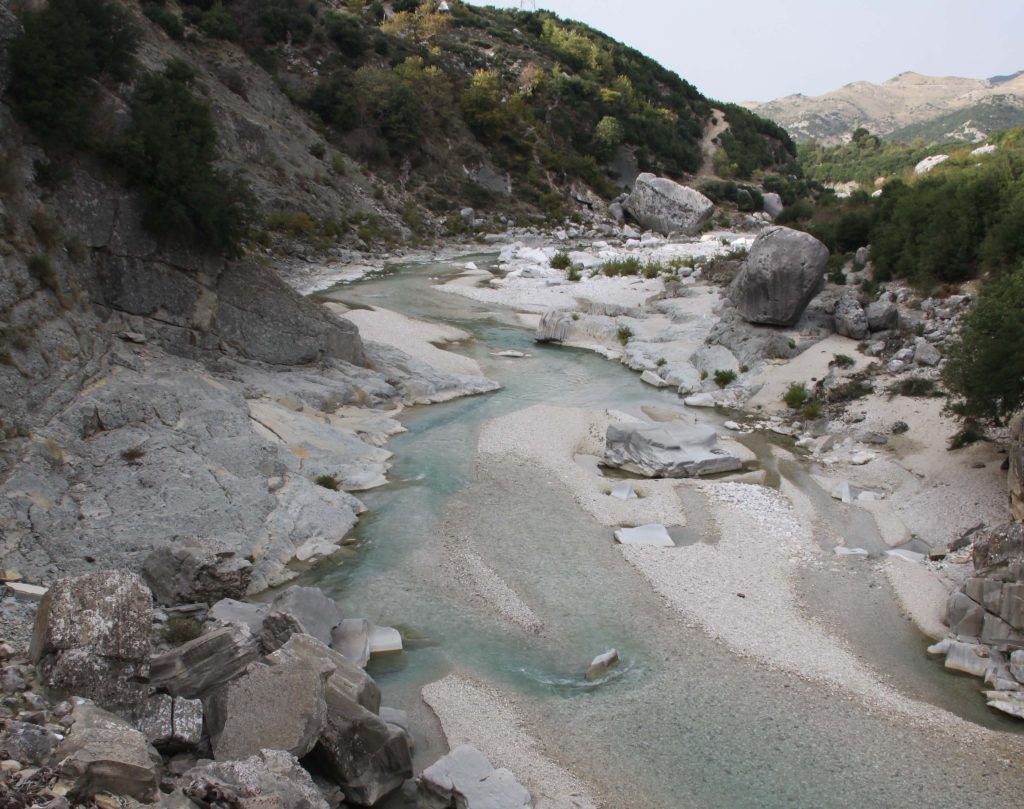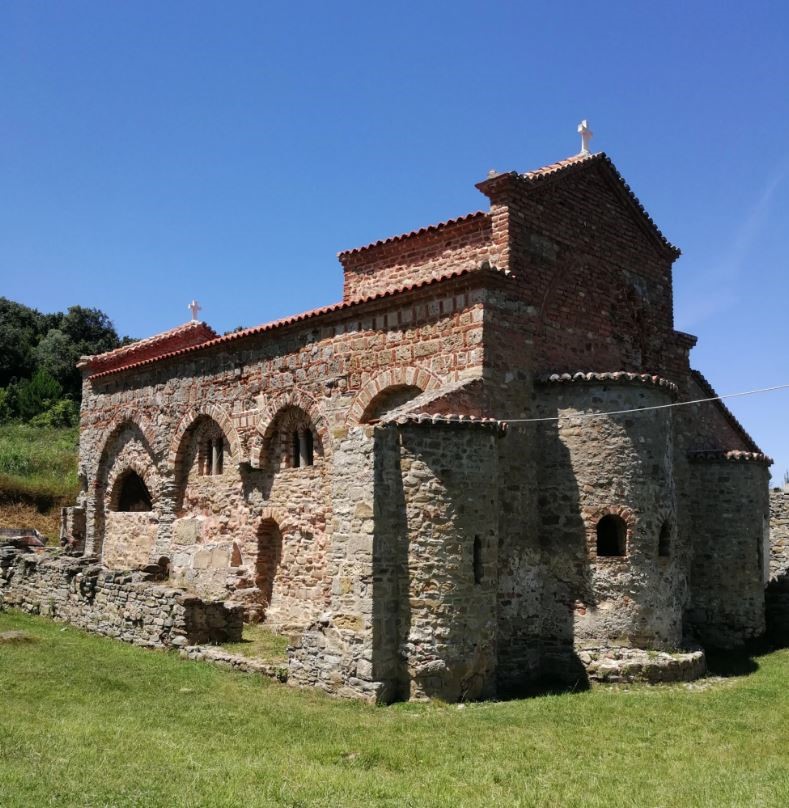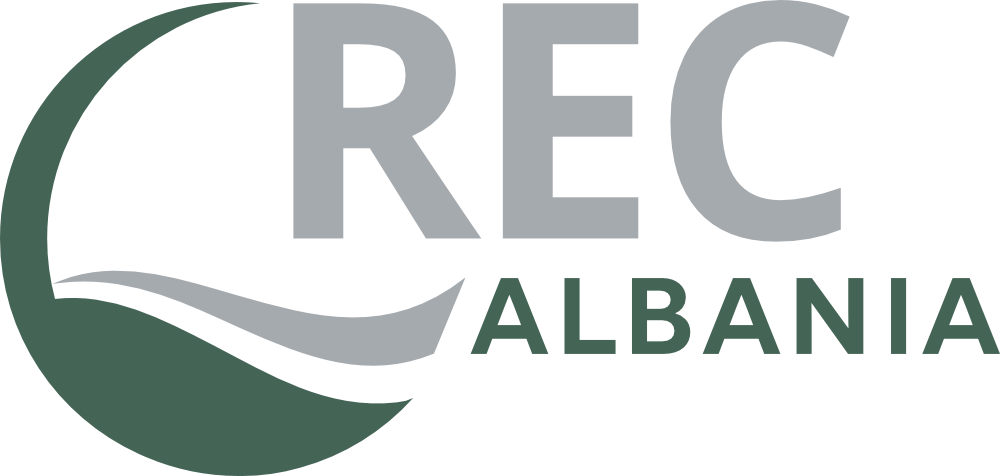SVAP – the instrument that strengthens community participation
Communities have become more vulnerable because of interferences in watercourses from the construction of HPPs, deviation of water or inert extraction, which have changed river habitats, often to the point of destruction.
The problem articulated simply in the language of the communities faces the “sophistication” of the technical language of the investors, which is incomprehensible to the ordinary people of these affected communities. On the other hand, the Water Framework Directive requires a broad and full participation of communities in all phases of the drafting of the Basin Management Plan.
The Stream Visual Assessment Protocol (SVAP)
provides an initial evaluation of the overall condition of wadeable streams, being small streams or rivers. It is a preliminary qualitative assessment tool which evaluates features that affect overall stream conditions and assesses visually apparent physical, chemical, and biological features within a specified reach of a stream corridor.
SVAP can be used successfully by certain individuals of the community who are interested in the health of a river ecosystem but also by citizens who have basic knowledge in the science of biology, geomorphology or hydrology. Thus, SVAP becomes more efficient and effective if it closely cooperates with local community representatives in the protocol evaluation process.
In this context, the Resource Environmental Center in Albania (REC Albania), has provided the technical expertise of its experts, in the implementation of the project “River Basin Management and Transparency – RBMT” that the Institute for Change and Leadership in Albania (INLSH) is implementing in the valley of Shushica, municipality of Selenica, region of Vlora, with the financial support of the office of the European Delegation in Albania.
Shushica Valley is located in the Southern mountainous region in the district of Vlora. It has several main sources of groundwater and along its entire course, the Shushica River has numerous meanders as well as several levels of river terraces with clearer size and shape in its lower streams. The region is known for its vineyards, cultivation of other fruit trees, as well as small livestock and cattle are developed there. Shushica is quite populated, with some main residential centers, such as: Kuçi, Vranishti, Brataj, Kota, Drashovica, Llakatundi and the city of Selenica.
During a meeting held in Kotë, Shushicë with civil society organizations, media and community representatives, the main problems that communities face with the river were discussed, due to the lack of a management plan for the Vjosa River basin, erosion and urban waste dumping. Attention was also paid to the role of citizens as a driving force in the implementation of the Water Framework Directive (WFD), as well as the role of the media and CSOs in establishing communication channels. REC experts had the opportunity to introduce to these communities the elements of the Protocol (SVAP) and the implementation of river monitoring in practice using exactly the Protocol.
The project of INLSH “Civil Society for a Better Management of the Vjosa River Basin” aims to increase the knowledge and strengthen the capacity of local CSOs, civil society activists, media and youth of the Municipality of Selenica (Shushica River Basin) in the process of community involvement in the preparation and development of River Basin Management Plans in Albania.
REC Albania’s expertise in sustainable natural resource management issues and community involvement through instruments such as the Stream Visual Assessment Protocol (SVAP) enables community-raised issues to be properly argued and their requirements to become part of policy management documents.





